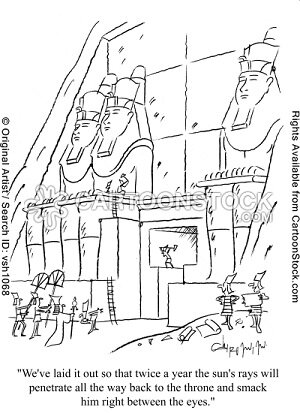boomerang
Paranormal Adept
I am posting this here because it is funny from an engineering point of view... Can you spot the problem with this lift?
Some cross-threading:
You lift super heavy things for a living? I would like to take the opportunity to ask you a question that may not necessarily belong on any particular forum. It's a little off-the-wall, but the opportunity to ask is too temping to resist.
How do you feel about ancient man's ability to lift and place multi-ton stones using only the crudest of tools? I am asking you, because I have had some very limited experience with moving large steel objects. And doing these things in practice can be very different than the kind of armchair scenarios put forward in conventional archaeology. At least I think so.
Any thoughts?


